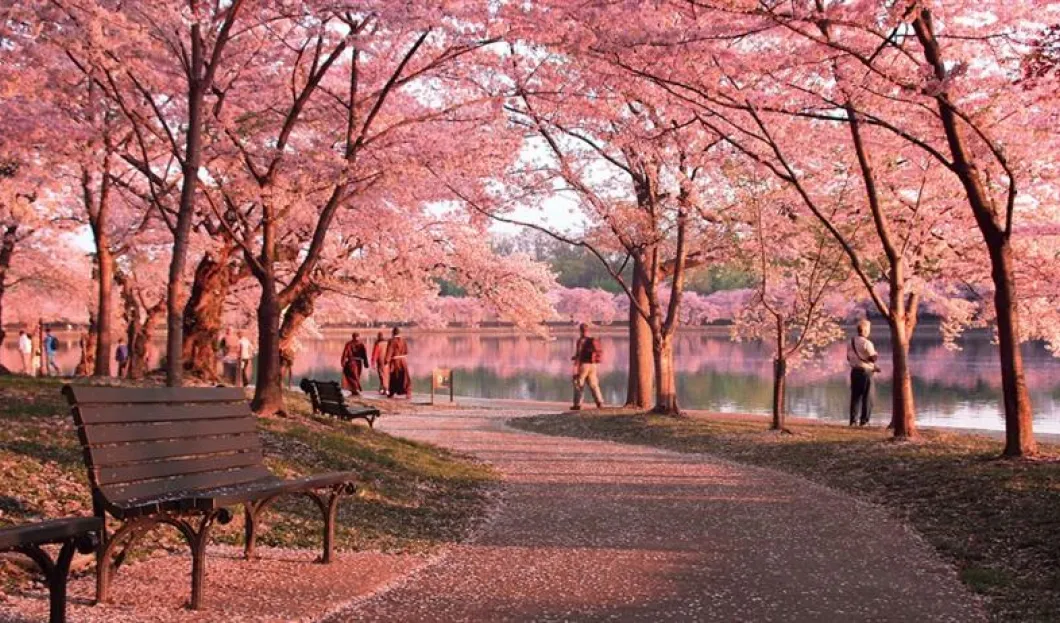
Any person who has recently taken the Metro to work in Washington D.C. must have realized something different. The population using the Metro has grown significantly over recent years. Besides the usual crowd of commuters who come and go from work, we also had the Nationals who were playing host to ones of the early season games together with a huge number of tourists brought by the cherry blossom season.
Annually, Washington accommodates both domestic and international travelers in their millions who visit the town with the main aim of conducting business or exploring the national treasures, the halls of decision making and the monuments. Washington is the best host to these crowds not only because it is a great global gateway city but also because it is a source of food, shelter and transportation for the travelers. The tourism industry alone generates about 13% of the revenue in the District.
Tourism is one of the many sources of revenue that ensure a steady growth in Washington. According to the Metropolitan Washington Airports Authority, the number of passengers going through the Reagan National Airport reached its highest record last year with 19.2 million travelers. This translated to an annual growth of 1.7% in air passenger volume as compared to the previous year.
The hospitality industry is perhaps the direct benefactor to this growth under the real estate sector. The last decade has seen the demand for growth in hotel room nights cumulate and even exceed the U.S. average by 10%.
The hospitality industry boasts of being able to balance their services between the business travelers (49%) and the leisure travelers (51%). This was evident in the recent weeks when a huge number of tourists invaded the area just to be able to see the cherry trees at the peak of their bloom which are really coveted on a worldwide scale. This balanced the demand in industry since there was a reduction in business travelers due to the current business environment that was obstructed.
However, not all the hotels in Washington D.C. benefit equally from the increase in number of visitors. There are other factors such as cost and location that also play a major role as shown by a recent report that researched on the stagnant room rates in the District hotels.
The reduced demand in D.C. for hotel room might just be an indication that tourists are sensitive to the prices and prefer staying outside the city where they find cheaper hotel accommodation as compared to the ones found within the District.













